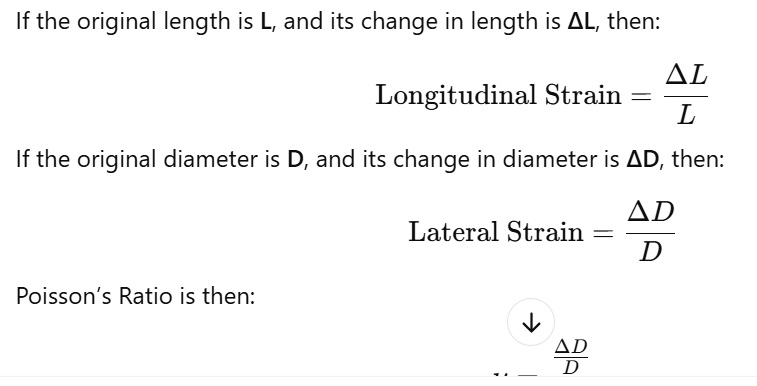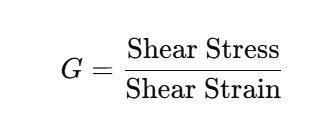ncert solutions physics class 11th
Get insights from 152 questions on ncert solutions physics class 11th, answered by students, alumni, and experts. You may also ask and answer any question you like about ncert solutions physics class 11th
Follow Ask QuestionQuestions
Discussions
Active Users
Followers
New answer posted
8 months agoBeginner-Level 5
Class 11 Physics Thermodyanamics is the most important chapter of the thermodynamics unit. Thermodynamics works as the back bone for understanding the behaviour, excahnge and impact of heat, energy and work in different scenerios. The NCERT Chapter 11 Thermodynamics of Class 11 physics covers all the fundamental concept with detailed and lucid example, making it a perfect study material to prepare foundation. Students are advised by teachers, and mentors in later phase of prep whether its boards or competitive exams. To build strong basic understanding of the chapter NCERT Solutions for Class 11 Physics Thermodynamics are really import
New answer posted
8 months agoBeginner-Level 5
The tendency of materials to expand in volume when heated is called Thermal expansion. It occurs due to the increased vibration of atoms and molecules as temperature rises. There are three types: linear expansion (length), areal expansion (area), and volumetric expansion (volume). Thermal expansion has numerous real-life implications. For instance, gaps are left between railway tracks, power lines sag during hot days, and metal lids on jars become easier to open when heated. Students will read this concept in details and its application in the NCERT Class 11 Physics Thermal Properties of matter.
New answer posted
8 months agoBeginner-Level 5
Class 11 Physics Thermal Properties of Matter deals with the physical behavior of substances when heat is added or removed. The main topics include temperature and heat, measurement of temperature, thermal expansion (linear, areal, and volume), specific heat capacity, change of state (melting, boiling), latent heat, calorimetry, and Newton's law of cooling. Additionally, the concept of heat transfer, conduction, convection, and radiation, is also discussed in depth. These topics are essential for understanding thermal physics and are frequently used in higher-level concepts in thermodynamics and kinetic theory. Students can check the N
New answer posted
8 months agoBeginner-Level 5
Students are eager to know the weightage of Class 11 Physics Thermal properties of matter in annual school level examinations. The thermal properties of matter chapter is part of Thermodynamics unit in class 11 Physics. In the CBSE Class 11 Physics examination, this chapter generally carries around 3 to 5 marks. NCERT Solutions for Class 11th Physics Ch 10 Thermal Properties of matter is available on your pages, Students can access the NCERT Solutions alongwith free PDF on our website.
New answer posted
8 months agoContributor-Level 10
NCERT Class 11 Physics Mechanical Properties of Fluids includes several important subtopics that explore the behavior of liquids and gases under pressure, their motion, and related physical properties. Major areas covered are pressure in fluids, Pascal's law, buoyancy and Archimedes' principle, surface tension, viscosity, fluid flow, the equation of continuity, and Bernoulli's theorem. These concepts are not only important from an academic point of view but are also directly applicable in real-world phenomena such as hydraulic machines, capillary action, blood flow in arteries, airplane lift, and more. Students can check the NCERT Solu
New answer posted
8 months agoBeginner-Level 5
Mechanical Properties of Fluids holds significant importance in both school-level examinations and competitive exams like NEET and JEE.
- In the CBSE Class 11 Physics annual examination, this chapter typically carries a weightage of 3 to 5 marks.
- In NEET, 1 to 2 questions are usually asked from this chapter, focusing on fluid pressure, Bernoulli's principle, and surface tension.
- JEE Main occasionally includes a conceptual or numerical question based on fluid dynamics or viscosity.
Students must focus on understanding Class 11 Physics Mechanical Properties of Fluid thoroughly helps students build a strong conceptual base for advanced physics
New answer posted
8 months agoBeginner-Level 5
The Class 11 Physics Mechanical Properties of Fluids is a foundational topic that introduces students to the behavior of fluids under various forces. It holds significant importance in both school-level examinations and competitive exams like NEET and JEE. In the CBSE Class 11 Physics annual examination, this chapter typically carries a weightage of 3 to 5 marks. Question generally asked are realted to fluid pressure, Bernoulli's principle, and surface tension. We have provided NCERT Solutions for Class 11 Physics Mechanical Properties of Fluids, Students can take help of the provided solutions for revising concepts, studying and
New answer posted
8 months agoContributor-Level 10
Poisson's Ratio (? ) is used when a material is subjected to axial stress. It is the ratio of lateral strain to longitudinal strain. Mathematically, it is:
Derivation of the Poisson Ratio includes when a material is stretched, its width decreases (called lateral strain) and its length increases which is called longitudinal strain.
Poisson's Ratio (? ) is a dimensionless quantity and it is normally between a range of 0 to 0.5 for most materials. It is used in engineering applications including for bridge and building design. It is used in analyzing the structural deformations. Materials like rubber which has a high Poisson's ratio when s
New answer posted
8 months agoContributor-Level 10
According to the NCERT Solutions for Class 11 Physics Chapter 8 Mechanical Properties of Solids, when an external force is applied to a solid, the solid undergoes changes in shape or size which is called deformation. The solid deformation can be classified into:
Elastic Deformation: It is when the body returns to its original size and shape after the force is removed. It occurs within the elastic limit and follows Hooke's law. The most common examples include stretching a helical spring or a rubber band.
Plastic Deformation: It occurs beyond the elastic limit and here after the removal of the force, the body does not return to its origin
New answer posted
8 months agoContributor-Level 10
The modulus of elasticity refers to the material's capacity to withstand or resist deformation when stress is applied. There are three types of the modulus of elasticity including:
Young's Modulus (E): It is used to measure a solid's elasticity when longitudinal stress (tensile or compressive) is applied to it. Mathematically, it is represented by the following formula;
SI Unit is N/m² (Pascal, Pa).
Bulk Modulus (K): It is used to measure the ability of the material to resist volume change when uniform pressure is applied to it. Mathematically, it is:
Shear Modulus (G) or Modulus of Rigidity: It is used when a shear
Taking an Exam? Selecting a College?
Get authentic answers from experts, students and alumni that you won't find anywhere else
Sign Up on ShikshaOn Shiksha, get access to
- 66k Colleges
- 1.2k Exams
- 680k Reviews
- 1800k Answers





